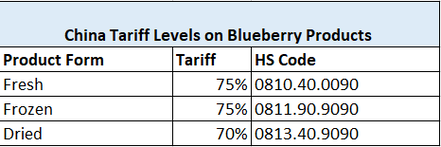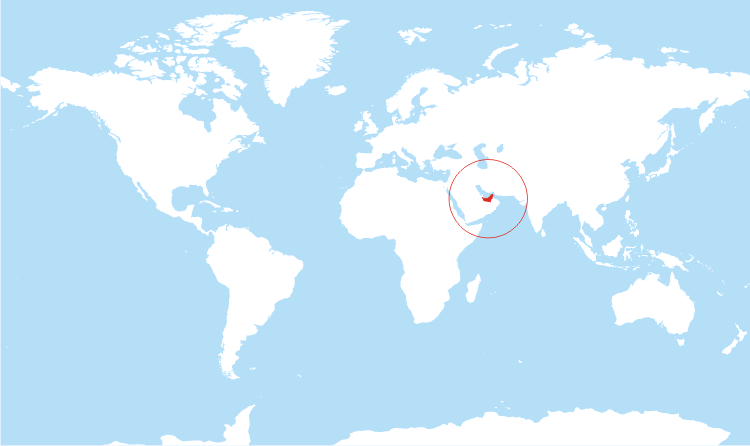ChinaExport Requirements:
Fresh U.S. blueberries shipped to China must be accompanied by a phytosanitary certificate (PC) issued by USDA/APHIS. All California blueberry exporters who wish to ship to China must also register and become certified by APHIS officials prior to the season. If a shipper previously registered and was added to the list, it is not necessary to repeat this process before each season. China has strict protocols regarding registered shippers, and a list of registered shippers is sent to Chinese officials prior to the start of each season. To register, please contact the Commission office. California is permitted to ship fruit under a systems approach program. Due to Chinese concerns over blueberry maggot, other U.S. states (Florida, Georgia, Indiana, Louisiana, Michigan, Mississippi, New Jersey, or North Carolina) are currently required to fumigate fruit for export to China with methyl bromide. What follows is a summary of the phytosanitary protocol for exporting fresh U.S. blueberries to China. Users should carefully review the protocol document. Exports to China MUST follow the regulations in the US-China work plan, including registering to export and actions prior to harvest, please see the link for specific details. Regardless of the state of origin, the blueberries shall meet the following requirements:
The PC accompanying fresh blueberries originating from California, Oregon, or Washington must bear the following additional declarations:
According to a BCI analysis of data from GlobalMRL, for 87 pesticides with U.S. blueberry MRLs, 71 pesticides have no Chinese MRL established, and six (6) have a Chinese MRL more restrictive than the U.S. MRL. Only 10 of these pesticides have a Chinese MRL harmonized with or set higher than the U.S. MRL. Tariffs
Starting in April 2018, the Government of China imposed a series of additional Safeguard Duties on some blueberry products of U.S. origin in retaliation for the U.S. imposition of Section 232 tariffs on steel and aluminum. These Safeguard Duties currently create an additional 45 percent tariff on top of the MFN rate to which U.S. blueberry products are normally subjected. The current Chinese applied tariff on U.S. fresh blueberries is 75 percent. Chinese enterprises wishing to import U.S. fresh blueberries may submit a Section 301 retaliatory tariff waiver petition to the Chinese government to seek to reduce the import tariff to 45 percent. More information on this tariff waiver process is available via USDA FAS reporting. |

